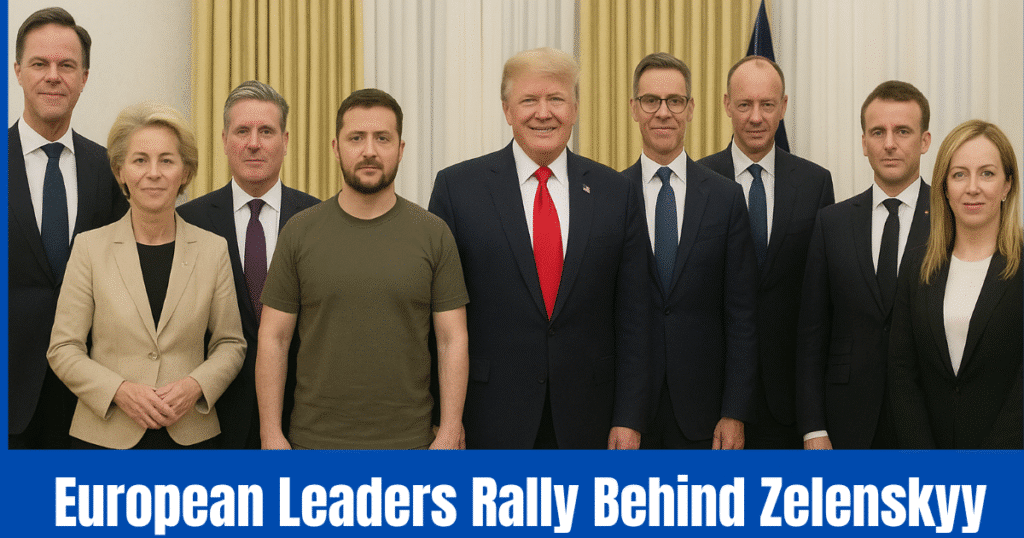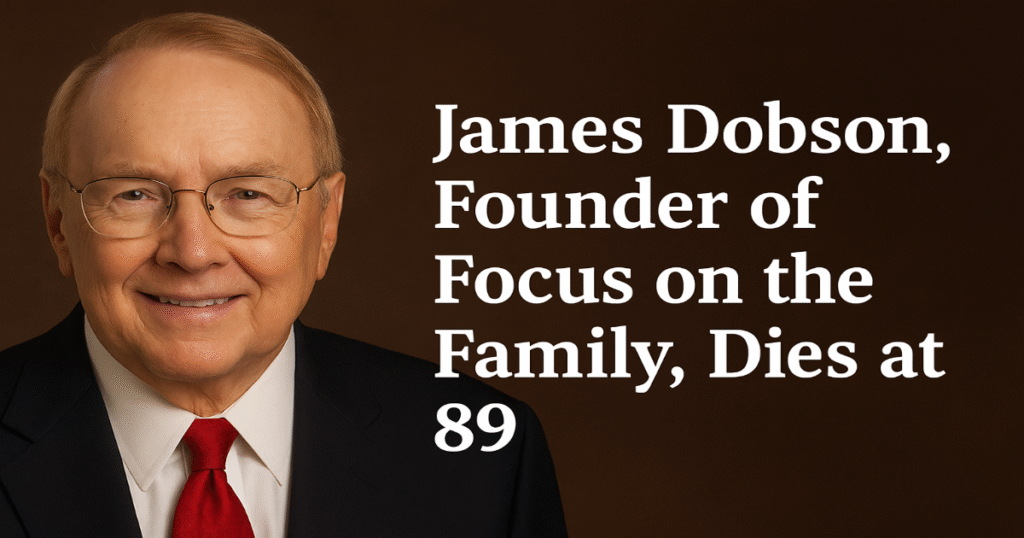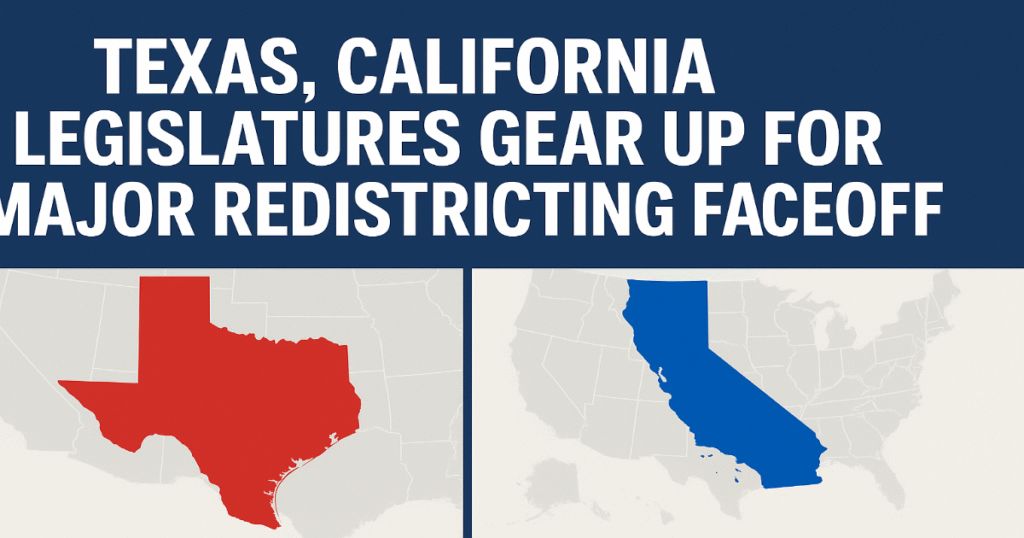
When Ukrainian President Volodymyr Zelenskyy last walked through the doors of the White House earlier this year, the outcome was nothing short of a diplomatic disaster. His February visit ended in a public clash with President Donald Trump, a heated exchange with Vice President JD Vance, and a hasty exit that left relations bruised and aid in limbo.
Fast forward six months, and the contrast could not be more striking. On Monday, Zelenskyy returned to Washington, this time accompanied by a delegation of Europe’s most influential leaders. The reception was noticeably warmer, the atmosphere more respectful, and the stakes as high as ever. For Ukraine, it was a chance to reset its relationship with a critical ally. For Trump, it was an opportunity to reassert himself as the central broker of peace in Europe’s bloodiest conflict since World War II.
This was not just another photo-op. It was a test of whether diplomacy can catch up with the urgency of war.
A Softer Welcome After a Frosty Past
The change in tone was obvious from the moment Zelenskyy stepped onto the White House driveway. In February, Trump publicly rebuked him for “ingratitude” and cut short the meeting. On this visit, however, Trump greeted him with a handshake, a smile, and even a compliment about his choice of attire.
Zelenskyy, who for much of the war has worn his now-iconic olive green fatigues, arrived instead in a sharp black suit. The look was still military-inspired, but it signaled respect for the setting. The choice was calculated—and effective. Conservative media praised it, Trump approved, and the symbolism was hard to miss.
Clothes may not win wars, but they can shape moods. And in Washington, tone often sets the table for policy.
The European Show of Force
If the outfit set the stage, the guest list filled the theater. Zelenskyy didn’t come alone. He arrived with an entourage of heavyweights: French President Emmanuel Macron, German Chancellor Friedrich Merz, UK Prime Minister Keir Starmer, Italian Prime Minister Giorgia Meloni, European Commission President Ursula von der Leyen, and NATO Secretary-General Mark Rutte.
The message was unmistakable: Europe is united, Ukraine is not alone, and the West expects America to stay engaged.
For Trump, who often emphasizes bilateral deals over multilateral frameworks, the sight of so many European leaders sitting alongside him underscored the international pressure to move forward. It also gave him the stage he relishes—the spotlight of being the indispensable dealmaker.
Security Guarantees Take Center Stage
At the heart of the meeting were security assurances for Ukraine. Trump reiterated what has long been his position: Ukraine will not be joining NATO anytime soon. But he signaled openness to a parallel system of Western security guarantees, coordinated with Europe, to ensure Ukraine’s defenses hold.
Details remain vague, but officials suggested it could look like a “NATO-style umbrella” without the formal treaty membership. For Zelenskyy, it was a significant win—something concrete to bring home at a time when his army is stretched thin and morale is tested daily.
Macron and Merz pressed further, insisting that these guarantees must be tied to a ceasefire. Trump, by contrast, suggested talks should proceed even as fighting continues, a view that could set up future friction within the alliance.
The Putin Factor
No conversation about Ukraine can ignore the elephant in the room: Vladimir Putin. Trump revealed that he has spoken directly with the Russian leader and floated the possibility of a trilateral summit involving himself, Zelenskyy, and Putin.
The idea immediately sparked speculation. Could Trump really bring both men to the table? Would Putin agree to face Zelenskyy directly? And if he did, what compromises would be on the table?
For now, it remains talk. But the mere mention of such a meeting was enough to shift headlines—and inject cautious optimism into a diplomatic process that has struggled to produce breakthroughs.
Zelenskyy’s Thank-You Strategy
If February’s visit was marked by tension, August’s was dominated by gratitude. In his short Oval Office remarks, Zelenskyy managed to say “thank you” more than ten times. It wasn’t overdone—it was deliberate.
For a leader fighting not just Russia but also “Ukraine fatigue” in Western capitals, the strategy was clear: show humility, display unity, and win back trust. Trump, who bristles at any hint of disrespect, responded positively. It was a reminder that tone and symbolism can be just as important as policy substance in high-stakes diplomacy.
The Unfinished Business
Despite the improved atmosphere, the hardest questions remain unanswered. Russia still occupies large swaths of eastern Ukraine. Trump has hinted that Kyiv may eventually have to consider territorial concessions, echoing ideas Putin floated during their Alaska meeting earlier this summer.
European leaders, however, pushed back strongly. Macron stressed that Europe’s security is inseparable from Ukraine’s sovereignty. Merz insisted that no durable peace can come without a ceasefire.
For Zelenskyy, the challenge is clear: keep Western support united while resisting any deal that might fracture his domestic legitimacy.
Why This Meeting Matters
This White House reboot may not have produced a signed peace accord, but it shifted the atmosphere in ways that could prove consequential.
- For Ukraine, it restored credibility in Washington after February’s fiasco and secured at least the outline of Western security guarantees.
- For Europe, it demonstrated unity at a time when Russia has bet on division.
- For Trump, it offered a chance to reposition himself as a global peacemaker, reinforcing his brand as the man who can “make the deal.”
The stakes, however, remain immense. If this renewed diplomacy fails, the war grinds on, costs rise, and fatigue deepens on all sides.
The Road Ahead
What happens next? Officials say security guarantees could be drafted within ten days, though their scope and enforceability remain uncertain. Plans are also underway for a possible Ukraine-Russia meeting in Hungary, followed by a trilateral summit with Trump.
Whether these moves deliver real progress or simply produce more headlines will depend largely on Moscow’s willingness to engage. And that, as history has shown, is far from guaranteed.
A Reset, Not a Resolution
Zelenskyy’s second White House visit of 2025 will be remembered less for what was decided and more for what was avoided: confrontation, humiliation, rupture. The optics were warmer, the tone more respectful, and the possibilities still alive.
But war is not won with atmospherics. The real test will come in the weeks ahead, when negotiators put pen to paper, when Russia decides whether to bargain in good faith, and when Ukraine must weigh painful choices about territory and sovereignty.
For now, though, Zelenskyy leaves Washington with something he badly needed: momentum, unity, and the sense that the fight for Ukraine still commands the world’s attention.
Also Read: Wonderful Mahindra Vision SXT Unveiled – Thar-Based Pickup Truck Breaks Cover
Visit: Maxima Sale

Hey I am Srimanta Pradhan brings 10 years of experience to News Broadcast and Marketing, specializing in effective communication.A specialized content writer with a decade of expertise crafting compelling narratives for News Broadcast and Marketing. Transforms complex information into engaging, impactful content.




















